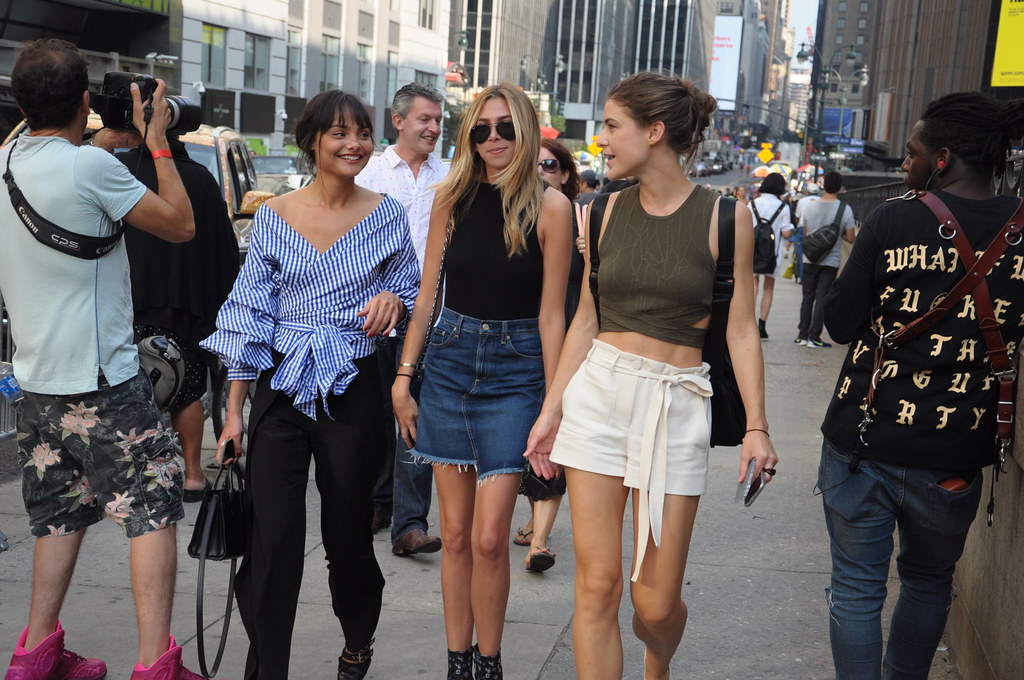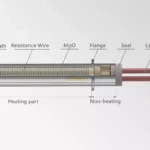Introduction to Fashion Sustainability
Fashion has a significant environmental footprint, but awareness about its impact is driving change towards more sustainable practices. Consumers are becoming more conscious of their clothes, seeking ways to harmonize their style with their values.
This has led to a growing interest in building a wardrobe with intention and purpose, focused on sustainability and lasting style rather than disposable trends. Such a mindset empowers consumers to contribute positively to the environment and society while still enjoying dressing well.
Key Takeaways
- Invest in versatile staple pieces for a sustainable, stylish wardrobe that transcends seasons.
- Mix and match your clothing to create new looks without purchasing more.
- Adopt wardrobe habits that contribute to a sustainable fashion industry.
The Concept of Staple Items
The foundation of a sustainable wardrobe is based on quality staple items that can be worn year-round, evolving effortlessly with seasonal style changes. These versatile pieces serve as the building blocks of your closet, adaptable enough to mix with seasonal items or stand-alone. A meticulously curated collection of staples lays the groundwork for endless outfit combinations, reduces the need for frequent shopping sprees, and sidesteps the fleeting whims of the fashion industry.
By anchoring your style to tried-and-true classics like a perfectly cut blazer or the quintessential leather boot, you build a wardrobe that is as functional as it is sophisticated. Embracing staple wardrobe items is at the heart of the slow fashion revolution, highlighted in resources. A prime example is the sustainable fashion efforts by brands like H&M, which provide consumers with more environmentally friendly choices without sacrificing fashionable appeal.
Wardrobe Staples for Spring
The secret lies in lightweight layering bridging the transitional period from winter to spring. The key pieces here are those that provide warmth without bulk and can be removed or added as the weather shifts. A denim jacket or a lightweight trench coat is the perfect outer layer during cooler mornings, while a cotton sweater can provide that needed extra layer without overwhelming the outfit. A pleated midi skirt paired with a light knit offers flexibility for warmer afternoons or cooler evenings, establishing a staple spring wardrobe that is both stylish and adaptable.
Summer Essentials and Their Transformations
In the peak of summer heat, clothing choices pivot towards breathability, comfort, and ease. However, style can still be maintained. A flowy sundress is the ultimate summer staple, perfect for a seaside stroll but equally apt for an upscale dinner with the right accessories. Tailored shorts can also provide comfort and class when combined with a silk blouse and espadrilles, proving that summer staples can be as versatile as they are comfortable.
Transition Your Wardrobe into Fall
The gradual chill of fall invites experimentation with layers and textures. Timeless staples like a solid turtleneck or a classic pair of denim jeans can be effortlessly paired with the lighter garments of summer to navigate the changing weather. A floral dress, for instance, carries into the cooler months when worn over a fitted long-sleeve shirt, transforming a summer favorite into an autumn staple. Moreover, adding boots and a statement coat can elevate the simplest of outfits, demonstrating that fall fashion is as much about the practicality of warmth as it is about the flair of layering.
Winter Wardrobe Adaptations
The challenge of winter dressing is to combat the cold while maintaining sartorial elegance. Staples like a quality wool coat or a down jacket can provide the necessary functionality to stay warm while laying the foundation for countless outfits. Turtlenecks become indispensable in providing warmth and a sleek silhouette under sweaters or as stand-alone pieces. With staple winter items, you achieve a look that stands up to freezing temperatures without forgoing your style.
Caring for Your Staple Wardrobe Pieces
Maintaining your staple pieces in pristine condition is as crucial as selecting them. Adequate care extends their longevity and ensures they remain your wardrobe’s cornerstones for years. This can include using the correct washing and drying techniques, immediate stain removal, and professional repairs when needed. Additionally, storing seasonal items appropriately preserves their quality.
For instance, fold heavy knit sweaters instead of hanging them to maintain their shape, and keep boots stuffed to prevent creasing. A well-maintained wardrobe is synonymous with a consistently stylish and ready-to-wear collection.
Shopping Smart: Selecting Quality Over Quantity
Intelligent shopping means prioritizing the longevity of your clothing. Sustainable style is not only about the ethical production of clothing but also the endurance of each piece through time and trends. Fabric choices, stitching, and overall construction are all pivotal factors in the durability of clothing.
Thrifty shoppers are advised to invest in higher-quality items that withstand the rigors of regular wear. Building a Capsule Wardrobe suggests that selecting timeless and well-made pieces is quintessential in cultivating a wardrobe that endures beyond seasons and fleeting fashions.
Creative Combinations and the Art of Mixing and Matching
The true artistry in fashion emerges when one learns to see the potential in every piece to be reimagined in new combinations. The clever juxtaposition of patterns and colors can refresh an outfit. By mixing tailored and casual elements or layering textures, new outfits are born from the same staple items. Fashion enthusiasts can redefine their style without buying new clothes simply by viewing the existing contents of their wardrobe through a creative lens.
Success Stories: Individuals Embracing a Staple-Item Wardrobe
Personal anecdotes of capsule wardrobes reveal individuals discovering the benefits of a simplified approach to dressing. This method allows for a deeper engagement with each piece, values the functionality of clothing, and enhances the wearer’s style. These success stories often spotlight a notable reduction in fashion consumption and a reaffirmed personal style independent of constantly changing trends.
Conclusion:
The landscape of personal style is evolving to include more sustainable choices, prioritizing quality and versatility. As the fashion industry grapples with its environmental impact, consumers increasingly turn to staple items that boast longevity and timeless appeal. The future fashion will likely be defined not by who wears the latest trends but by who wears their well-loved staples with pride, reshaping what it means to be truly stylish in the modern era.







